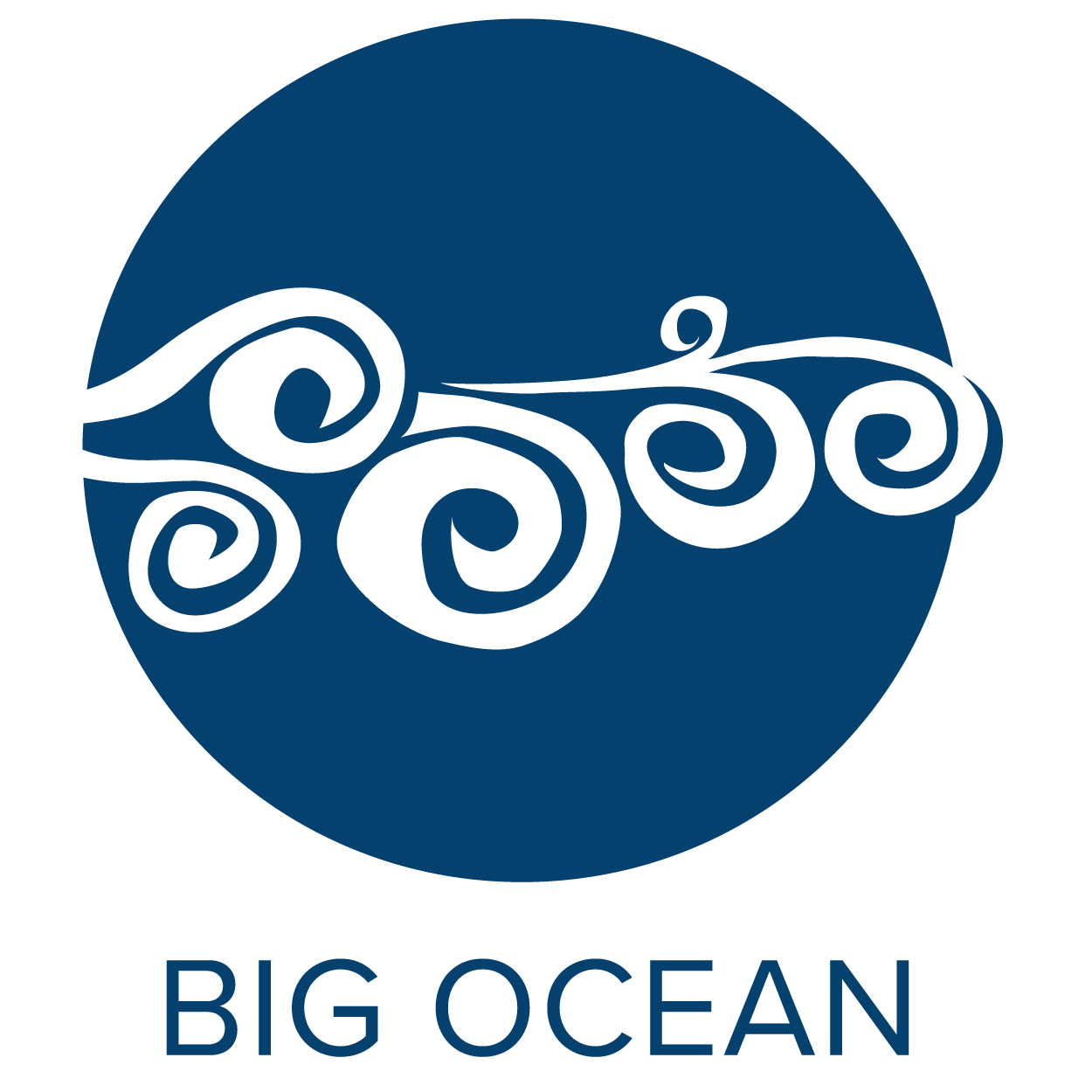Parque Marino Mar de Juan Fernández & AMCP-MU Mar de Juan Fernández
Established: 2018 (Juan Fernández Sea Marine Park)
2016 (Juan Fernández Sea AMP-MU)
Location: Waters adjacent to the Juan Fernández Archipelago in the Southeastern Pacific Ocean, 670 km west of Valparaíso
Size: 186,000 km2 total
162,000 km2 (Juan Fernández Sea Marine Park)
24,000 km2 (Juan Fernández Sea AMP-MU)
Website: https://simbio.mma.gob.cl/CbaAP/Details/2022#general
The islands of the Juan Fernández Archipelago are part of the Juan Fernández marine ecoregion (sensu Spalding et al., 2007), which is characterized by a geological and biogeographical peculiarity that makes it a different ecosystem from the rest of the continental coast of Chile, with a close taxonomic proximity to the Indo-Pacific, reflected in a very high percentage of endemism.
The creation of these protected areas aimed to preserve the representative pelagic ecosystem of the Juan Fernández Archipelago, coastal species, submarine mountains present in the area, and the biodiversity associated with these habitats.
The pelagic zones surrounding the archipelago correspond to important transit and feeding areas for highly migratory species, including mammals, sea turtles, and large pelagic fish. Additionally, some of these species are listed on the Red List of Threatened Species due to the current status of their populations, for example, the Southern Bluefin Tuna (Thunnus maccoyii) is classified as "Critically Endangered," the Leatherback Turtle (Dermochelys coriacea) as "Vulnerable," the Shortfin Mako Shark (Isurus oxyrinchus) as "Threatened," and the Blue Shark (Prionace glauca) as "Near Threatened." In the case of shark species present in the protected area, there is evidence indicating that the waters surrounding the archipelago may be an important feeding and/or breeding area for these endangered species, whose role is fundamental for maintaining a healthy ecosystem. Likewise, it is a relevant area for the migratory route of birds, whose biodiversity in the archipelago includes 34 species of seabirds, grouped into 7 orders and 13 families, of which Procellariformes (including several species of petrels and shearwaters) are the most abundant order.
The fishing resources present in the Juan Fernández Archipelago have been sustainably extracted and commercialized by the Fernandino community throughout history, with self-imposed measures to conserve resources. In this sense, local economic development is largely based on artisanal fishing activity for crustaceans. The Juan Fernández lobster (Jasus frontalis) is the main resource, followed by the golden crab (Chaceon chilensis) and some fish species. Additionally, in this regard, the Juan Fernández ecoregion area, which includes Marine Parks and the AMP MU, has a very important cultural value, which translates into a strong sense of belonging that has developed over the years and across generations.







